The Vietnam Railway Authority has just submitted to the Ministry of Transport for consideration and submission to competent authorities for appraisal and approval of the Lao Cai - Hanoi - Hai Phong - Quang Ninh railway route planning.
Nearly 450km long, connected to Chinese railway
According to the planning documents of the Lao Cai - Hanoi - Hai Phong - Quang Ninh railway route, the route passes through 10 provinces/cities: Lao Cai, Yen Bai, Phu Tho, Vinh Phuc, Hanoi, Bac Ninh, Hung Yen, Hai Duong, Hai Phong and Quang Ninh.
The total length of the route is 447.66km; the starting point is the connection point with the Chinese railway in Lao Cai province, the end point is Cai Lan station in Ha Long city, Quang Ninh province.
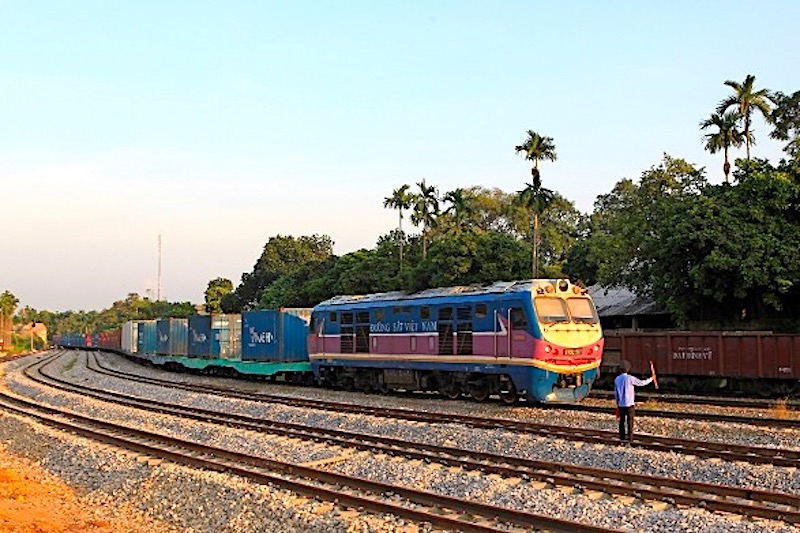
Consulting proposal for planning the Lao Cai - Hanoi - Hai Phong - Quang Ninh railway route, 447.66km long, passing through 10 provinces (Photo: illustration).
Of which, the route through Lao Cai province is 64.82km long; through Yen Bai is 76.95km long; through Phu Tho is 60.05km; through Vinh Phuc is 41.75km; through Hanoi and Bac Ninh province is 40.93km; through Hung Yen is 18.57km; through Hai Duong is 40.97km.
The route through Hai Phong city alone is 81.66km long, of which: The main route to Lach Huyen port is 46.25km long; the branch route to Nam Do Son port is 12.63km long; the branch route to Dinh Vu port is 7.88km long; the branch route connecting Quang Ninh province is 14.9km long.
Finally, the section passing through Quang Ninh province is 36.62km long, of which: The newly constructed line is 25.95km long; the existing railway line is 10.67km long.
The planned route has 41 stations, including mixed stations, freight stations and technical stations.
The mixed station includes a train station and an intermediate station. The train stations include Lao Cai, Yen Thuong, Nam Hai Phong, Ha Long and Cai Lan. Of which, Lao Cai station also serves as an international transit station; Ha Long station only handles passenger trains and Cai Lan station only handles freight trains. As for Yen Thuong station, the proposed option 1 is a station for passenger and freight trains for the Northern railway lines with a gauge of 1435mm, and option 2 is a station for only freight trains for the Northern lines with a gauge of 1435mm.
Intermediate stations have passenger and cargo operations concentrated in provincial and city centers including: Cam Con, Bao Ha, Son Hai, An Thinh, Yen Bai, Ha Hoa, Thanh Ba, Phu Tho, Viet Tri, Vinh Phuc, Binh Xuyen, Phuc Yen, Thach Loi, Bac Hong, Dong Anh, Lac Dao, Dai Dong, Binh Giang, Nam Hai Duong, Nam Hai Phong.
Cargo stations include: Lach Huyen port station, Nam Do Son, Nam Dinh Vu, Dinh Vu.
Technical stations (to avoid) include: New Thai Nien, Chau Que Thuong, Dong An, Xuan Ai, Y Can, Lenh Khanh, Lap Thach, Trung Mau, Tu Ky, Tan Vien, Phong Hai, Quang Yen, Minh Khai.
The route is also planned to have about 145 bridges with a length of 106.628km passing through major rivers such as the Red River, Lo River, Bach Dang River and overpasses on highways such as Hanoi - Lao Cai, Hanoi - Hai Phong, Hai Phong - Quang Ninh, national highways and some provincial roads.
Regarding tunnels, there are about 42 planned tunnels with a length of 23.28km in the two provinces of Lao Cai and Yen Bai.
About 183 trillion VND is needed to implement the planning.
Based on the planning plan, the planning consultant calculated the capital demand for investment in the Lao Cai - Hanoi - Hai Phong - Quang Ninh railway (in the planning period up to 2050) at about 183,856 billion VND.
Accordingly, site clearance costs are VND24,065 billion; construction and equipment costs are VND110,138 billion; other costs are VND16,104 billion; and contingency costs are VND33,551 billion.
Regarding the roadmap, the Vietnam Railway Authority recommends that by 2030, the investment in the construction of the Lao Cai - Hanoi - Hai Phong route will be implemented; the Hai Phong - Quang Ninh route will be studied and implemented after 2030 along with the investment roadmap for the Nam Dinh - Thai Binh - Hai Phong - Quang Ninh coastal railway.
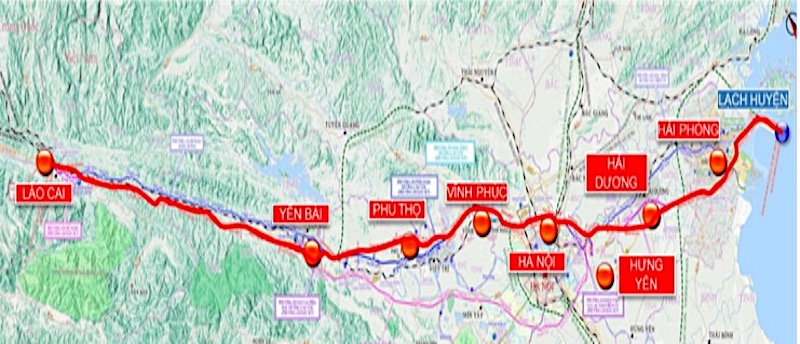
Proposed railway route Lao Cai - Hanoi - Hai Phong - Quang Ninh.
According to the investment roadmap for the Lao Cai - Hanoi - Hai Phong - Quang Ninh railway line, by 2030, the single-track, electrified, 1435mm gauge section of Lao Cai - Hanoi - Hai Phong will be basically completed.
Therefore, the planning consultant plans to divide the investment into phases: Phase 1 (before 2030, construction phase) with a total capital requirement of VND 160,770 billion, of which: Site clearance costs (100%) VND 24,065 billion, construction and equipment costs (95%) VND 104,631 billion, other costs (95%) VND 15,299 billion, contingency costs (50%) VND 16,775 billion.
Phase 2 (after 2030, completion and settlement phase), total capital requirement is 23,086 billion VND.
Vietnam Railways proposed solutions to organize the implementation of the planning such as: Mobilizing and allocating investment capital; developing railway transport; developing the railway transport industry; environment, science and technology; developing human resources, international cooperation; organizing the implementation and monitoring the implementation of the planning...
Accordingly, in terms of capital mobilization and allocation, it is necessary to ensure State budget capital for management, maintenance and investment in railway infrastructure. Therefore, it is necessary to prioritize the allocation of the central budget in the medium-term and annual public investment plan at an appropriate rate to ensure the development of national railway infrastructure according to the plan.
At the same time, using preferential loans. This is a breakthrough resource in the railway sector for large-scale projects with high spillover effects and inter-regional nature.
To attract social resources, encourage participation in investment in means of transport, and supporting works for transport activities (warehouses, yards, loading and unloading vehicles, etc.); along with that, it is necessary to select models and perfect the policy framework for socialization of investment in railway infrastructure.
"In particular, it is allowed to separate site clearance into independent projects for implementation and mobilize investment resources right from the investment policy approval step for pre-implementation. For new types of equipment and technology, it is necessary to stipulate a technology transfer roadmap after project investment," a representative of the Vietnam Railway Authority suggested.
Source: https://www.baogiaothong.vn/quy-hoach-tuyen-duong-sat-di-qua-10-tinh-phia-bac-192241102224801013.htm


![[Photo] Overcoming all difficulties, speeding up construction progress of Hoa Binh Hydropower Plant Expansion Project](https://vstatic.vietnam.vn/vietnam/resource/IMAGE/2025/4/12/bff04b551e98484c84d74c8faa3526e0)



![[Photo] Closing of the 11th Conference of the 13th Central Committee of the Communist Party of Vietnam](https://vstatic.vietnam.vn/vietnam/resource/IMAGE/2025/4/12/114b57fe6e9b4814a5ddfacf6dfe5b7f)





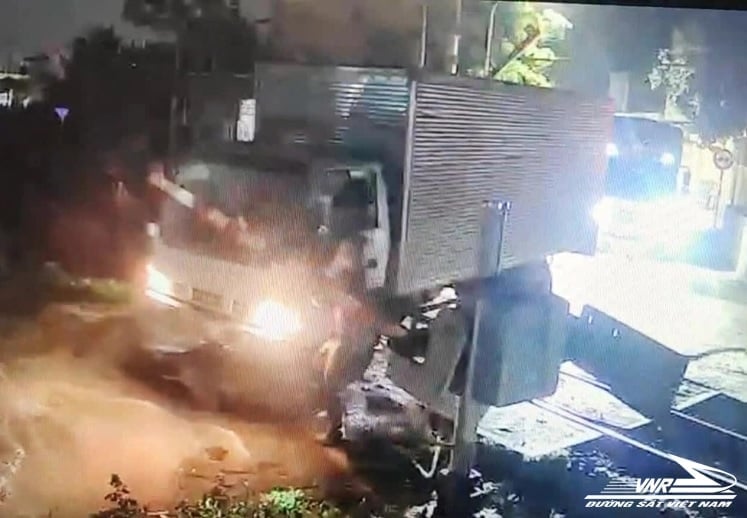


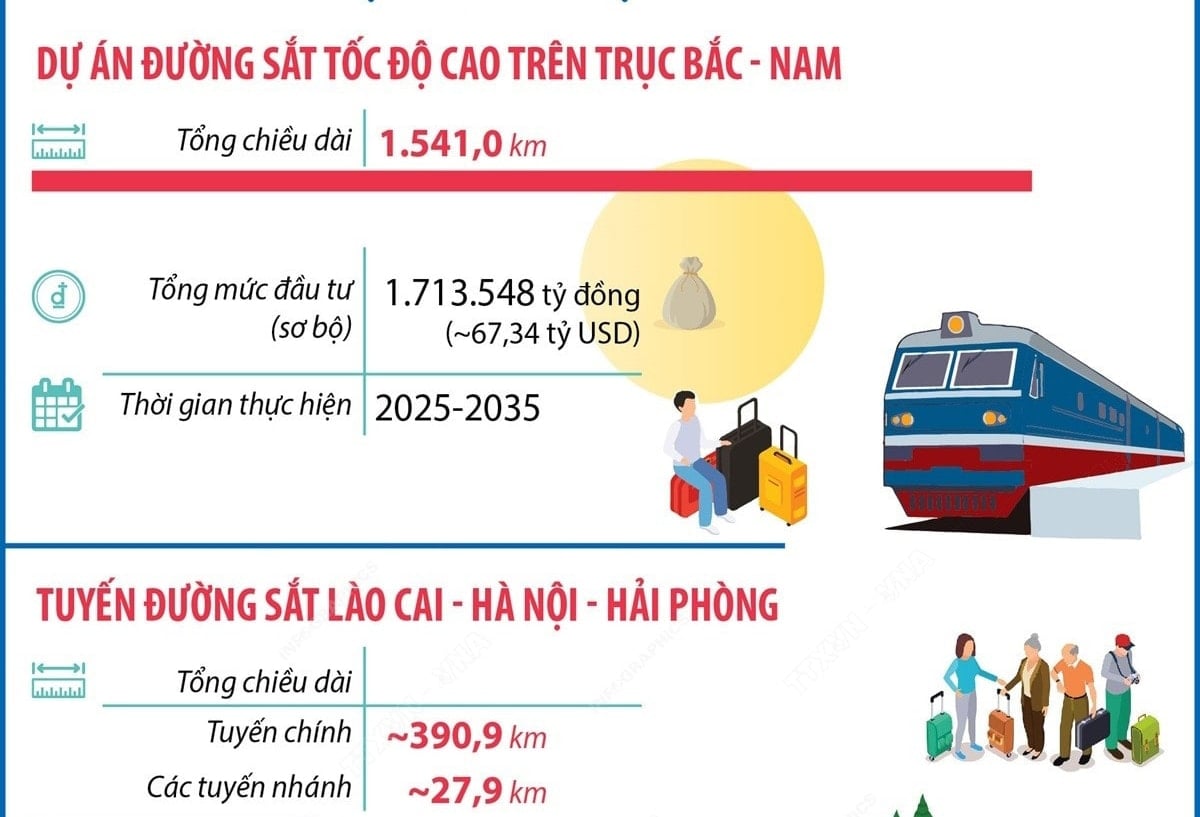
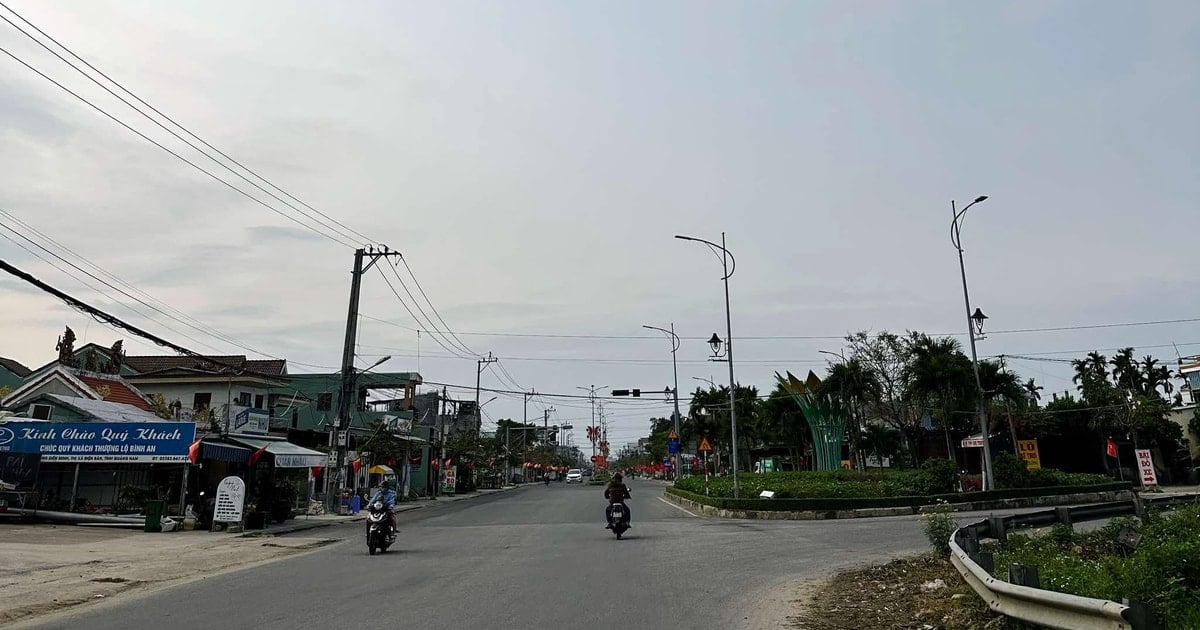




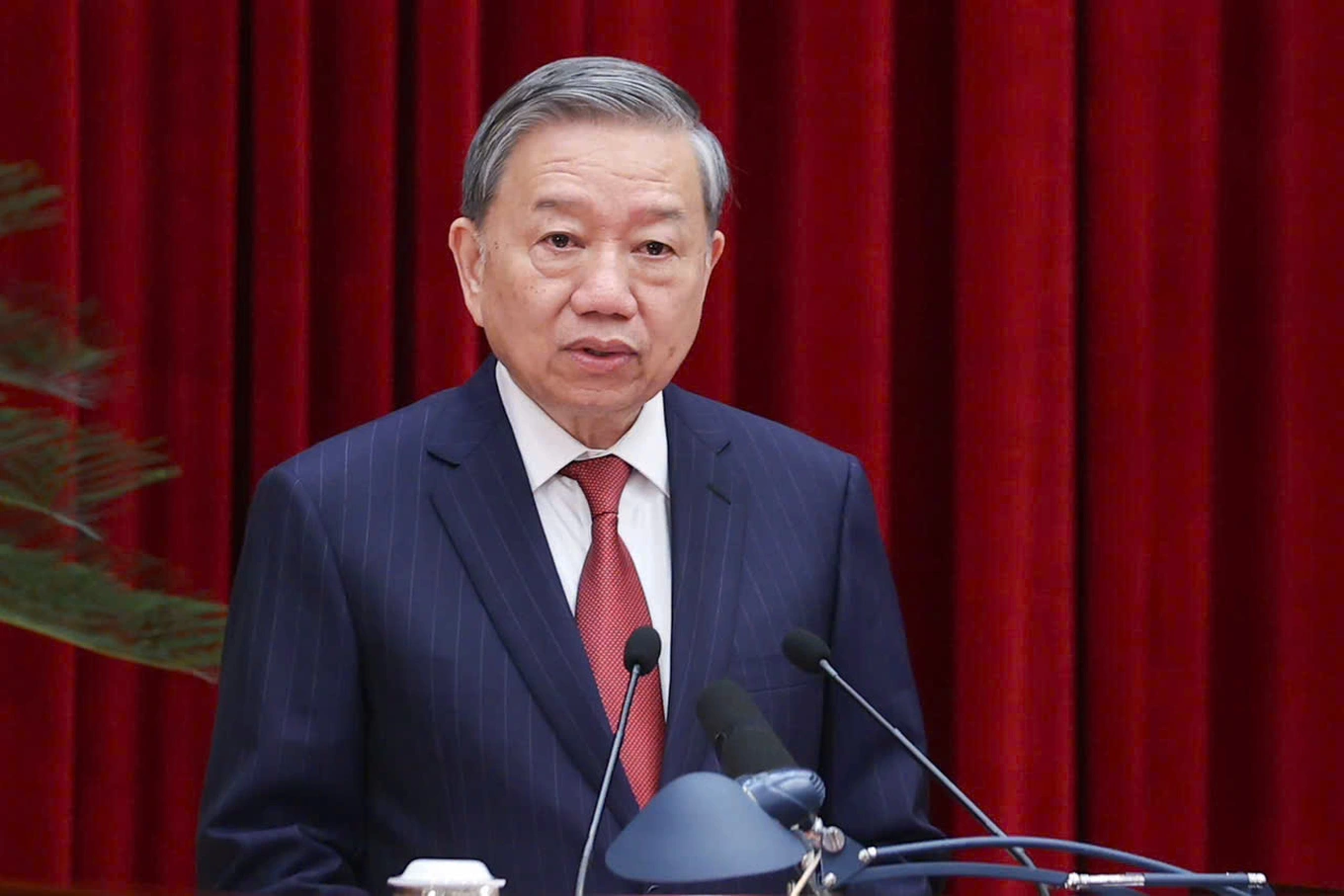
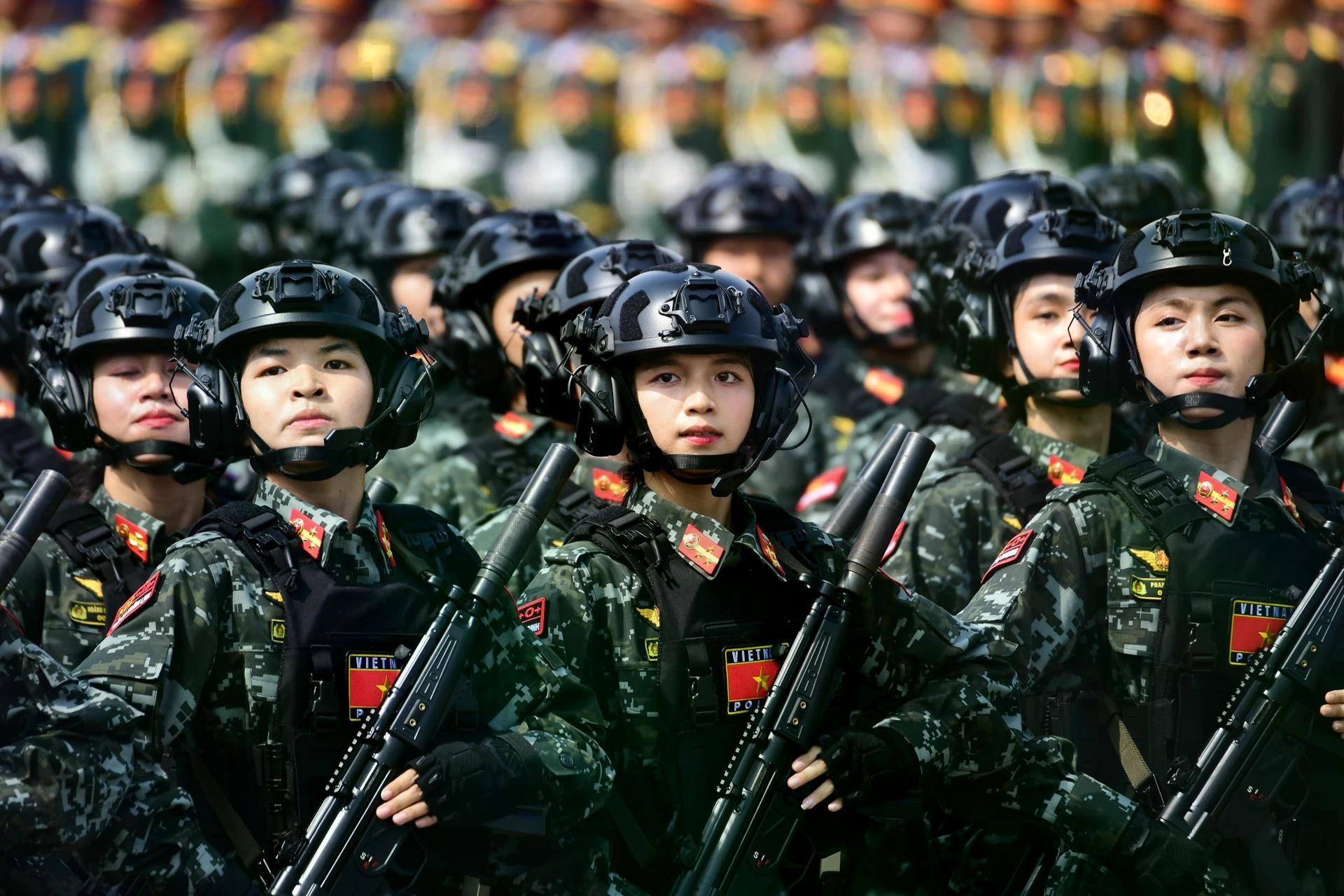




















































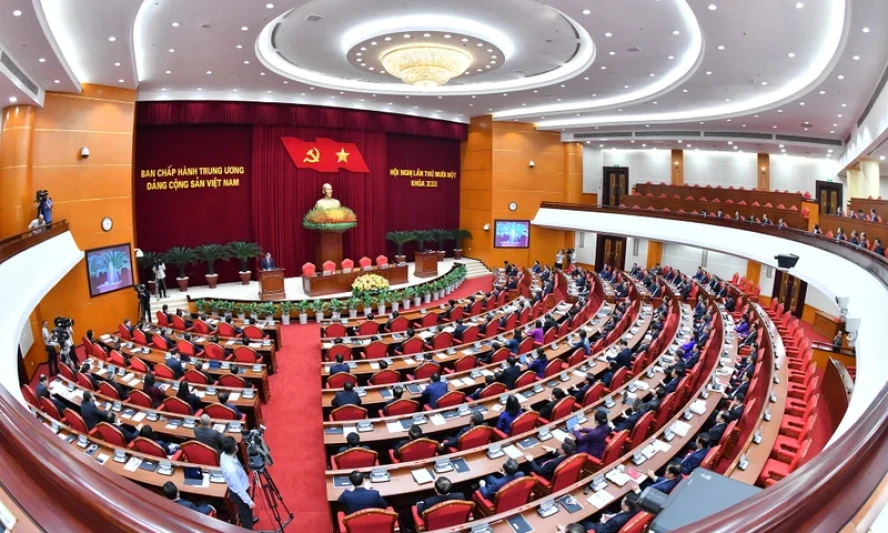
















Comment (0)